How smart meters failed when we needed them most
The energy smart meter in Rachel Hughes’s home in Stockport does not work properly. It does not send correct readings to the digital display, making it is impossible for her to know how much money she is spending.
Alan Salisbury from Bournemouth has been waiting five years for a new smart meter to be installed because the one that was put in does not work.
Ronald Shaw’s gas supply stopped when his five-year-old smart meter ran out of battery last year. His old meter at his home in Edinburgh had worked properly for 30 years.
And Diana James from Hertfordshire has been unable to use her smart meter properly since prices started rising. It just displays 00000, so she is none the wiser about how much energy she is using.
When these customers complained their supplier failed to help.
Money has heard from dozens of people who have been let down by smart meters just when they needed them most. The energy price cap, which limits what suppliers can charge the 22 million households on a variable tariff, has already risen to an eye-watering £1,971 a year for the average dual-fuel usage and is set to go up again to £3,285 in October then £3,363 in January. In January this year the cap was £1,277.
Families are being advised to use less energy where possible, and one of the ways to do this is by using a smart meter.
These devices are supposed to send regular updates on your usage to your supplier, as well as sending information to a digital display in your house. This shows you exactly how much you are consuming so you can adjust your habits.
This principle is entirely the point of smart meters, and is used as justification for the £13.5 billion cost of installation, which has been passed on to household bills. The savings you make from cutting your usage are supposed to at least offset that increase in bills.
And yet those who complain that their meters are not working are being dismissed by energy suppliers and told that they cannot have new displays. Many have run up bills far higher than they expected because the display has been giving them duff readings.
Others have been stuck with meters that have long-term faults and have to foot the bill for any repairs. There is very little clarity over who is responsible when faults do emerge.
Delay after delay
Smart meters were first touted by the trade and industry secretary Alistair Darling 16 years ago, and then given the green light by Ed Miliband when he was secretary of state for energy. The scheme has been championed by successive governments since.
Households would be offered the chance to replace their old analogue meter with a digital one. Instead of having to send your supplier a meter reading, or having the gas man come round to read the meter, your usage would be sent automatically by mobile phone signals.
About 53 million meters were supposed to be installed by the end of 2020, but the programme is only just over halfway there.
One of the first tasks the government had to decide was who would be responsible for installing the devices — the energy networks or the suppliers. Networks, such as Nothern Powergrid, ES3 and SP Energy Networks, run the infrastructure in the way that Network Rail oversees Britain’s railways. The suppliers are household names such as British Gas, EDF, Eon, SSE and Scottish Power.
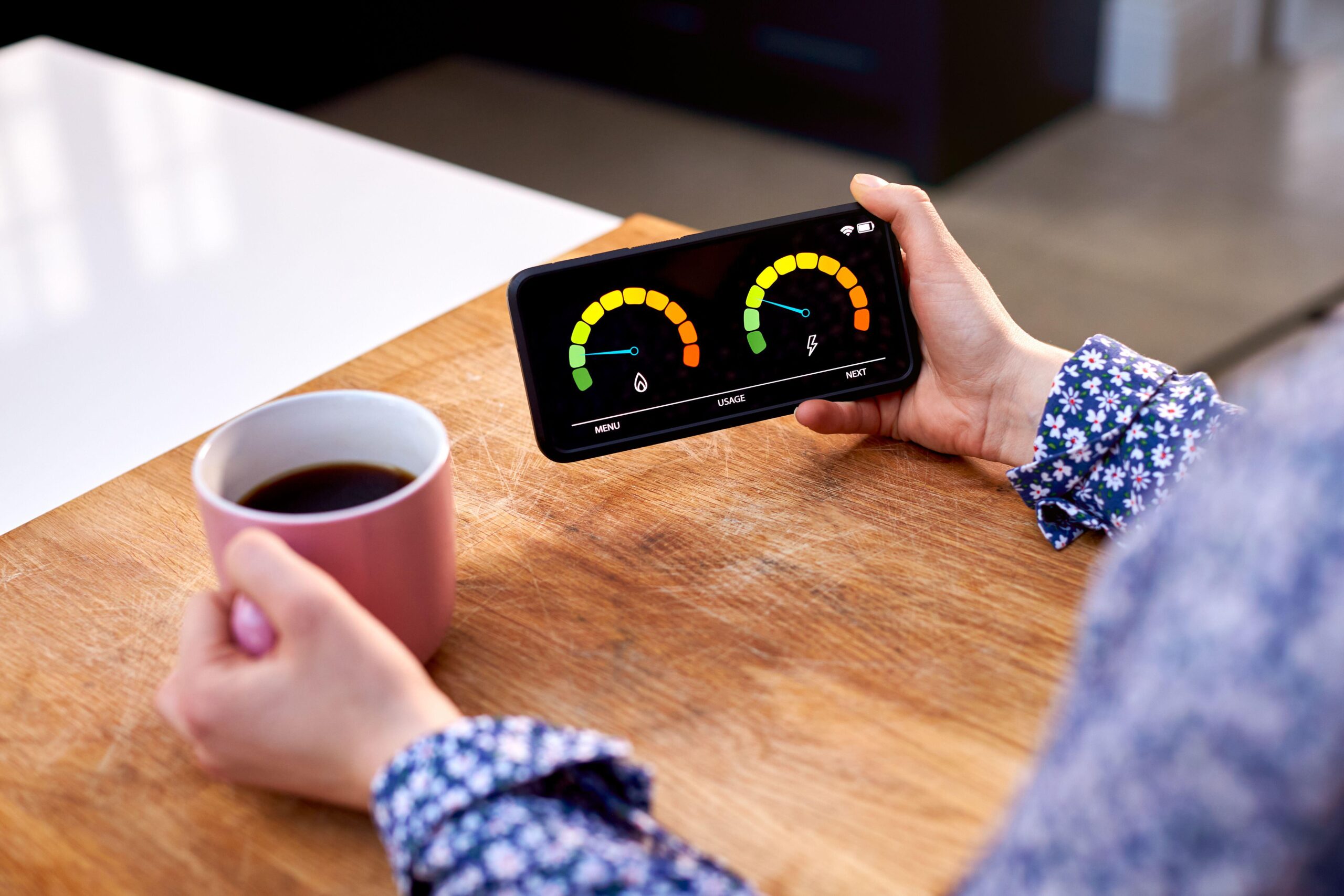
While some suppliers argued that the energy networks should take responsibility for smart meters to standardise the technology, as was happening in Norway and Portugal, British Gas disagreed.
Ministers were put under pressure, largely by British Gas, which at the time was the biggest supplier with 44 per cent of the market, and the Labour government decided in 2009 that suppliers should be given the responsibility for installations.
In a document sent to the government British Gas said: “Suppliers have commercial incentives to maximise the benefits they can gain from smart meters by improving their customer service and reducing their costs. This gives them a competitive advantage which they will use to acquire and retain more customers. Any network owner-led deployment would take much more time to implement . . .”
The government’s decision meant that we ended up with a “disastrous” smart meter programme, according to academics. Benjamin Sovacool, the professor of energy policy at the University of Sussex Business School, compared smart energy meter installations across Europe. “In our international comparison, the UK had one of the worst designed. The supplier-led rollout has been disastrous when suppliers go bankrupt or people switch suppliers, as millions of homes do each year,” he said.
Smart meters were eventually launched in 2011 and by 2014 suppliers were supposed to start their installation programmes. At first homes were fitted with Smets 1 meters, the first-generation technology. Only five million of these were supposed to be installed, but delays to the development of second-generation Smets 2 led to 12.5 million being installed.
Many Smets 1 meters operated from mobile phone networks that signed up with individual suppliers. Customers found that if they switched to a new energy supplier their meter would stop operating in smart mode. This happened in 70 per cent of households.
Customers were often sceptical about the need for a new meter and some made complaints about how the technology worked. This added to the delays.
A further glitch was the development of a new digital communications network, which was supposed to solve the problem of meters using mobile networks. About 30 million of the proposed 53 million meters had been installed by 2020. Suppliers are now supposed to install smart meters for 85 per cent of their customers by 2024.
A National Audit Office report found that hundreds of thousands of Smets 1 meters could fail because they were using old technology. Three out of ten smart meters could not be connected to in-home digital displays, which are crucial in helping customers save money.
Many who complained about faulty meters and displays were dismissed as technophobes and were unable to get faults fixed.
There is also growing evidence that suppliers are flouting the rules on who is liable for replacing meters.
John Linton, 79, a retired IT consultant from Burnham in Buckinghamshire, lodged a complaint against British Gas because his display does not give him accurate readings.
“I was told that monitors are deemed to be an add-on, and British Gas will not replace them free of charge after 12 months. This is contrary to Ofgem’s website, which states that meters, including displays, are paid for through the energy bill, and will not be charged for separately.
“The actual meter is utterly useless without the monitor, especially because in my case it is high up in a dark cupboard, and at 79 I am not keen on using a stepladder and torch every time I want to check on things. Using the British Gas website is equally impossible.”
British Gas said Linton’s meter readings were being received correctly and that the company was working remotely to fix his display.
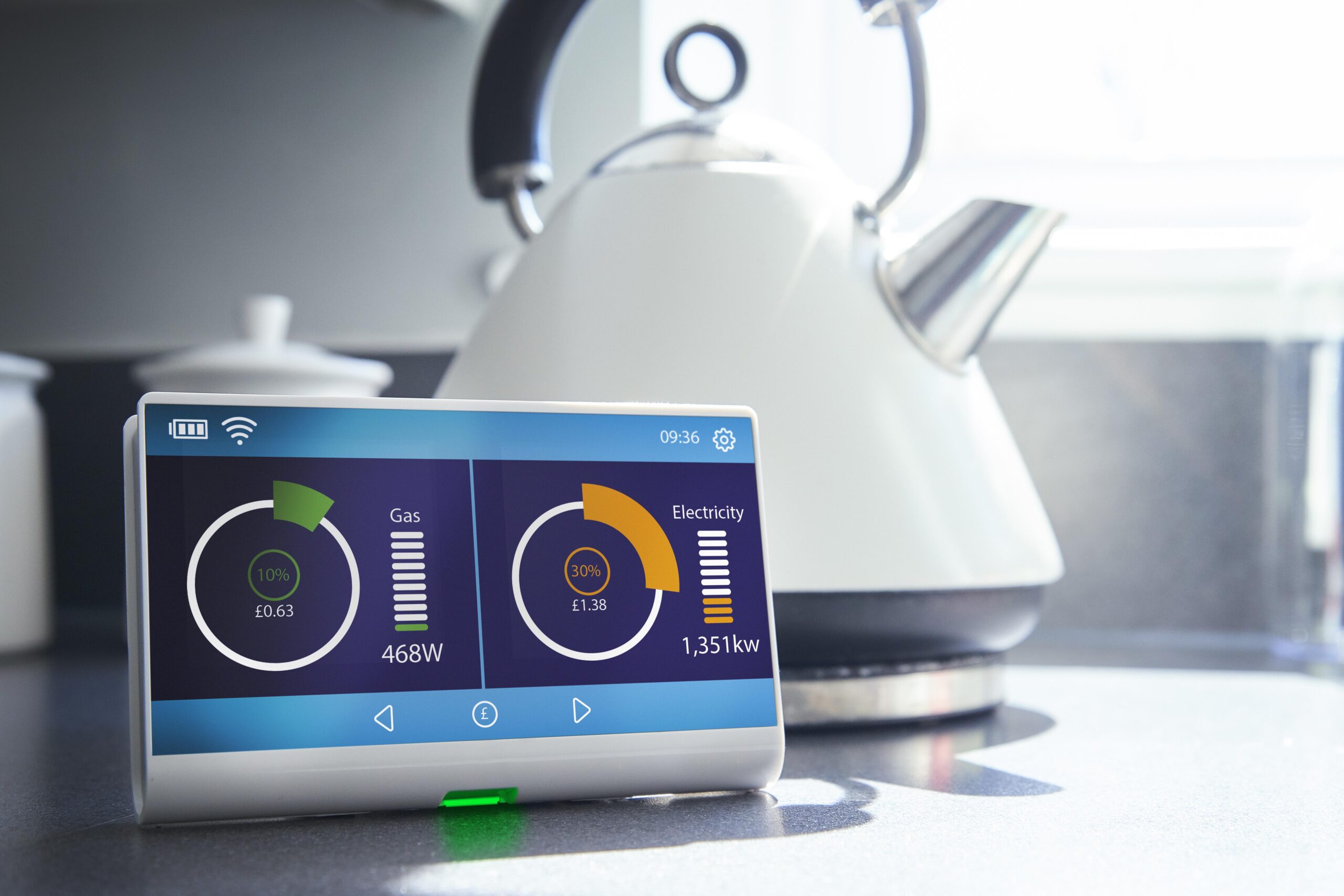
Allan Barnes, 75, who worked in IT for a chemicals company, had smart meters installed in 2019 by Shell. He has never been able to see his usage because of a weak mobile phone signal that means the monitor and the meter cannot communicate with each other.
Barnes, from Hartlepool, said: “Towards the end of 2021 I contacted Shell again, only to be told that part of the problem is that we live in an area with no or very low signal. It also said that it was a problem that affected all suppliers.
“I find it difficult to believe that this part of Hartlepool is in an area with problem signal levels. I also find it hard to believe that an IT communications problem can take more than 18 months to resolve — so I suspect that it is either insoluble or that no effort is going into its resolution.”
Shell apologised and said: “Following further investigation we have successfully restored communication with the electricity meter. The gas meter remains uncommunicative, so we have arranged with Mr Barnes for an engineer to visit the property to explore this further.
Ofgem, the regulator, said energy suppliers are responsible for ensuring the digital displays provide accurate information about consumers’ energy consumption and their current tariff. It is not clear what responsibility suppliers have, however, if customers run up bigger energy bills than they planned for because the display is wrong.
The government said: “Smart meters are modernising energy for millions of consumers and providing households with near-real-time information, which they are using to manage their energy use and save money on their bills. Energy suppliers are responsible for ensuring the tariff information displayed on a customer’s in-home display aligns with the tariff they are billed on.”
That is no use to the homeowners who cannot get help from suppliers.
When Ronald Shaw tried to find out from SSE (now owned by Ovo) why his gas supply stopped when the meter battery ran out in November, he was simply told that he should have been alerted. The 72-year-old retired civil engineer said: “My concern is that there is no warning of a low battery condition, and when the battery expires, so does your gas supply. Luckily our gas supply was restored within 12 hours, but I dread to think what would have happened if it had been Christmas Eve.”
His meter was replaced by an engineer but he had to pay a £60 call-out fee. Ovo said: “We are very sorry to Mr Shaw for the inconvenience caused. We are arranging to have his meters replaced and have refunded the call-out fee as a goodwill gesture.”
When we asked Ovo whether gas supply would stop if the meter battery ran out, it refused to answer our question. It also failed to say how a customer would be alerted to a battery running out.
The government said: “We are not aware of any widespread issue with gas smart meter battery life. However, it is unacceptable for battery depletion to lead to any unexpected disruption to gas supply.”
Ofgem, the regulator, said: “Battery lives are generally predicted to be around 10 years and will be replaced by your energy supplier, who should receive a low battery warning in advance from the meter. If the battery fails, gas will continue to flow but the meter will not be able to correctly record the quantity of gas used.”
British Gas told Rachel Hughes, 47, a retired senior manager, that as her smart meter was sending details to the supplier she was not entitled to a replacement display unit because it had been installed by a different supplier.
Diana James, 73, who ran a catering business, and her husband Michael, 69, are also resigned never to being able to read their meter.
She said: “I was hoping to see how my costs would change when the cap rose but the meter just couldn’t cope. What a dog’s dinner it all is.”
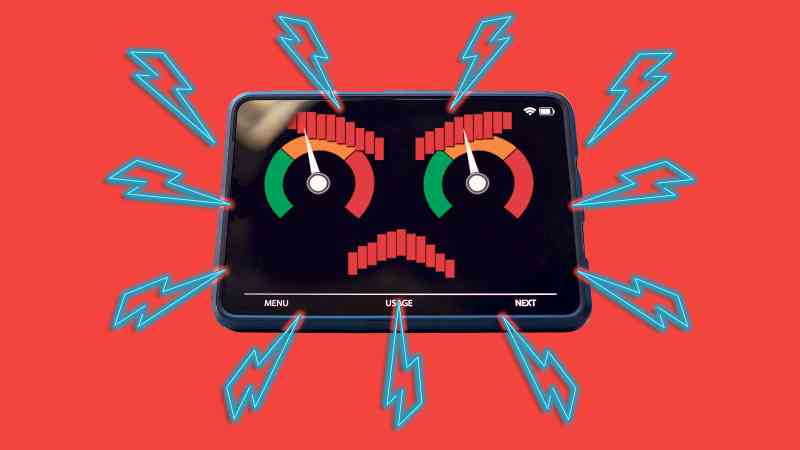
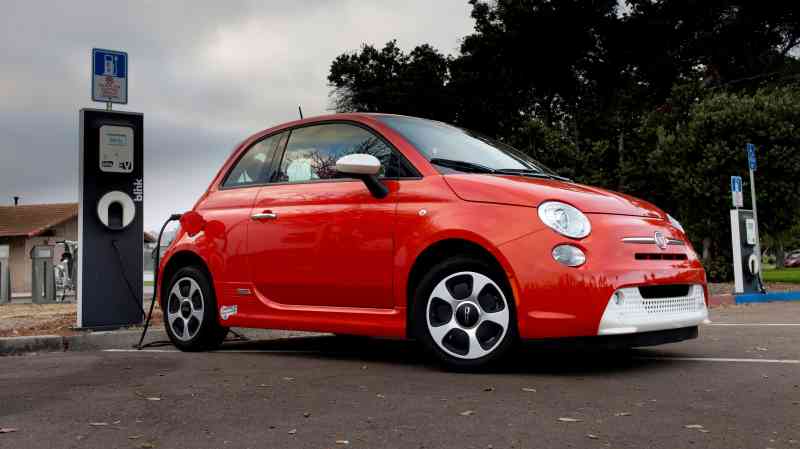
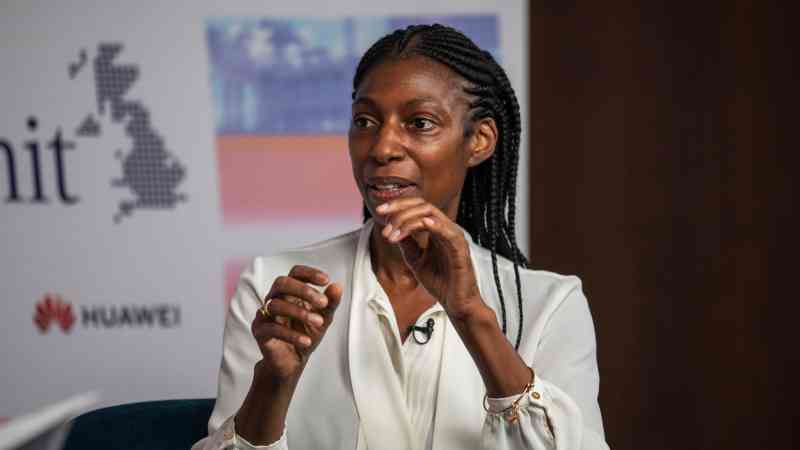

Post Comment